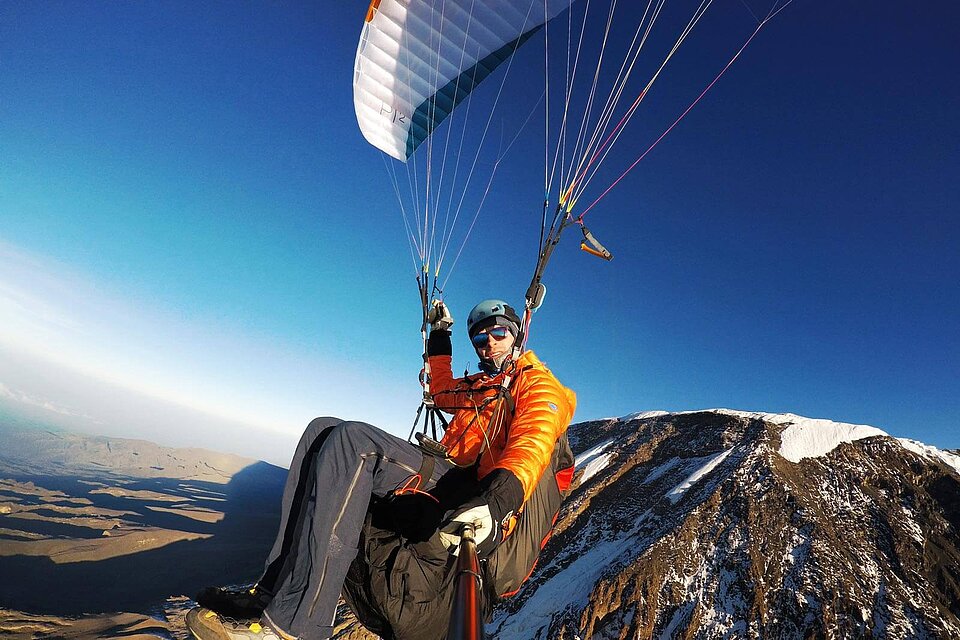Mount Kilimanjaro Guide - Private & Luxury Kilimanjaro Climbs with Local Guides
Mount Kilimanjaro Paragliding
Experience the thrill of paragliding off the slopes of Mount Kilimanjaro, Africa's highest peak. Soar over the stunning landscapes of Kilimanjaro National Park, with breathtaking views of the mountain's glaciers, rainforests, and alpine deserts. Learn about the best times to paraglide, safety precautions, and how to book this once-in-a-lifetime adventure.

Request Your Private Kilimanjaro Itinerary – Get a Personalized Quote in 24 Hours!
















































